We all know someone who doesn’t believe in Jesus or who says the Bible is just a fairytale. They need to see this.
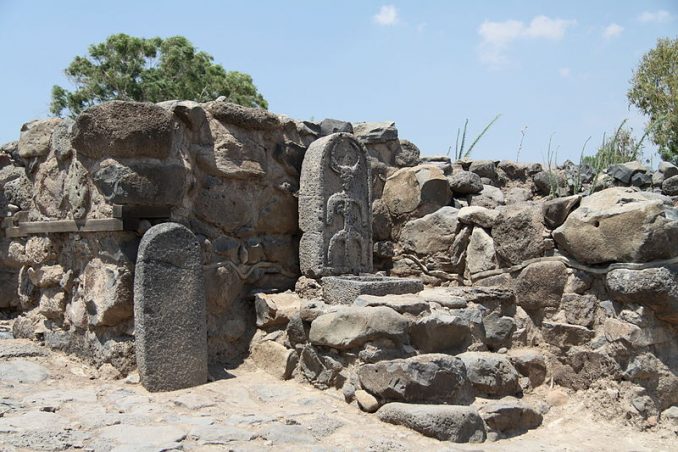
Bethsaida, a Jewish fishing village during the first century A.D., was the home of Jesus’ apostles Peter, Andrew, and Philip and later became the lost Roman city of Julius, according to the Jewish historian Josephus Flavius, writing at the end of the first century. Now, the lost Roman city of Julias, which was born out of Bethsaida, has been found in Israel, experts believe, according to Daily Mail.
“Philip, like Andrew and Peter, was from the town of Bethsaida,” John 1:44 tells us. In the New Testament, Bethsaida is not only described as the home of Jesus’ apostles Peter, Andrew, and Philip, it is also where Jesus healed a blind man, according to Mark 8:22-26, National Geographic reports. In addition, Luke 9:10-17 describes a nearby location where the miracle feeding of the five thousand people with five loaves of bread and two fish occurred.
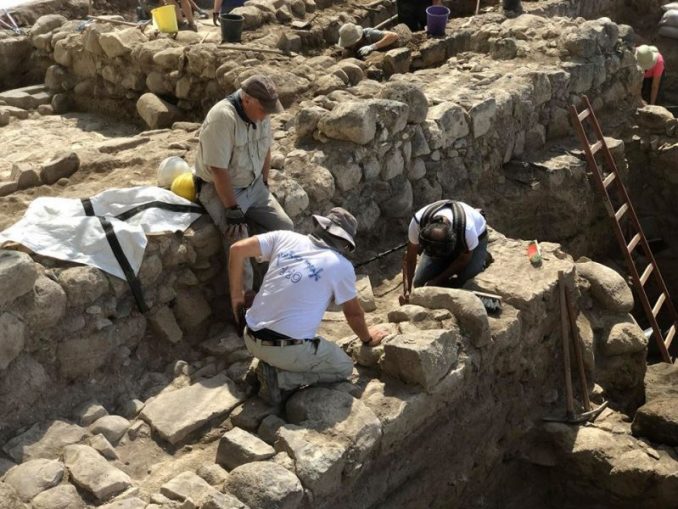
Thanks to archaeologists from the Kinneret Institute for Galilean Archaeology at Kinneret College, Israel and Nyack College in New York, who completed excavations at el-Araj on the northern shore of the Sea of Galilee, we have this incredible discovery to add to the evidence of Christ’s existence.
El Araj has long been considered a possible location of ancient Julias, Fox News reported. In an email to the outlet, the excavation team explained, “The results of this season’s excavation indicate that el-Araj should now be considered a leading candidate for the lost city of Jesus’ Apostles.”
“There are indications that we’re excavating Bethsaida-Julia,” Professor Steven Notley of Nyack College, the dig’s academic director, added. “This is really one of the few [biblical sites] that has remained lost.” What makes this discovery even more compelling, however, is the fact that many so-called experts previously assumed there was no human presence at el-Araj during the Roman period.
Recent excavations, however, have shed new light on the site, thanks to a previously unearthed Byzantine structure. Beneath the structure’s floor, more than 30 coins were found, dating its construction to the 5th century A.D. But, below the Byzantine era level, “Roman era pottery dating back to between the 1st and 3rd centuries A.D. was found, along with a bronze coin from the late 2nd century and a silver denarius coin of the Emperor Nero that dates from 65 to 66 A.D.,” Fox News furthered.
Over six feet “below the Byzantine floor, a Roman period wall was also discovered. Adjacent to the wall was a large section of black-and-white mosaic floor with mortar, clay bricks, and ceramic vents typical of Roman bathhouses.” The archaeologists were quick to note that Roman-style baths were uncommon in rural settlements. This means that their presence at el-Araj indicates an urban site — another fact that makes the area a strong candidate for being the lost city of Julias.
Archeologists have also uncovered a courtyard, paved paths, housing, and other structures. A lot of fishing tools, such as nets, hooks, and anchors, have been found within the remains of the homes, proving that it was in all likelihood a fishing village.
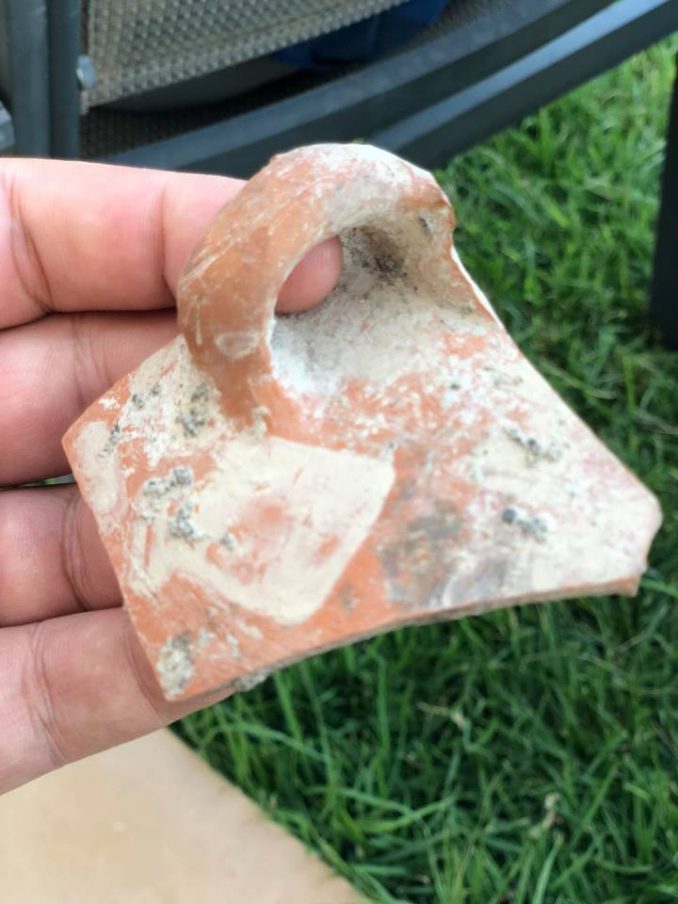
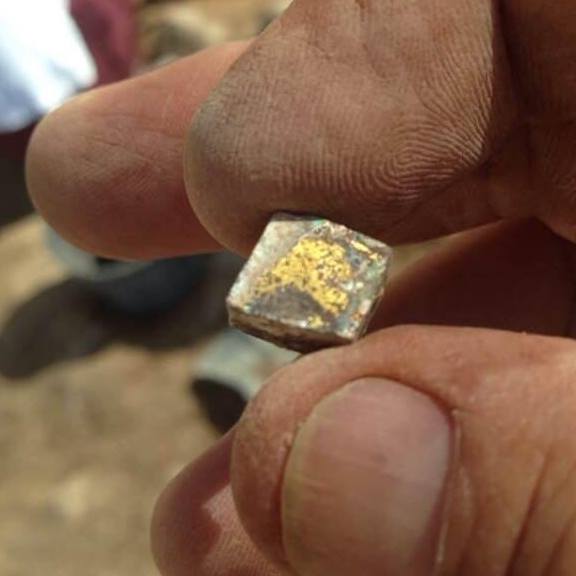
“The Byzantine structure at el-Araj also offers a fascinating glimpse into the site’s biblical past. Small gilded glass blocks called tesserae that form part of a mosaic were found, suggesting that the building was once an important church,” Fox’s report added. “Archaeologists note that Willibald, the bishop of Eichstatt in Germany, visited the Holy Land in 725 A.D., and describes visiting a church at Bethsaida built over the remains of the house of apostles Peter and Andrew. ‘It may well be that the current excavations have unearthed evidence for that church,’ explained the archaeologists, in their statement.”
Although this isn’t the first time research has disproven something experts once thought they knew about biblical sites, this particular discovery is shaking up a lot of things that were once considered fact. For example, the Sea of Galilee, the second-lowest lake in the world, was long thought to be 686 feet below sea level during Roman times, with the el-Araj site underwater until the Byzantine period centuries later. But, now, because the Roman wall was discovered at a depth of 692 feet below sea level, geological research suggests that the Sea of Galilee was at a lower level than previously thought.
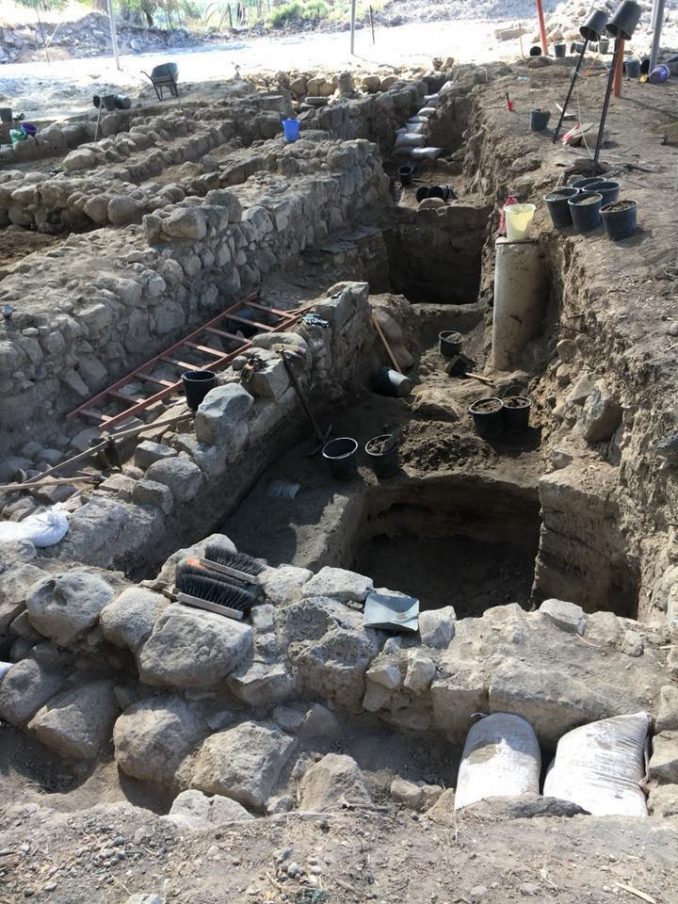
The site was covered with mud and clay, suggesting possible flooding of the nearby Jordan River. It is believed to have been abandoned sometime between 250 A.D and 350 A.D. and appears to have been resettled during the Byzantine period, towards the end of the 4th century A.D. “The Roman layer was buried at a certain period by these sediments derived from the nearby outlets of the Jordan River and Meshushim stream,” Professor Noam Greenbaum of Haifa University, who participated in the excavation, explained. “We hope to deepen and extend our study in the future in order to clarify the full picture.”
Excavations will continue at the site as Professor Notley explained, “We’re looking right now at trying to do another five seasons.” We can only imagine what else might be found. For believers, we don’t need any additional proof that the words of the Bible are true. However, there are those among us who love to attempt to discredit our faith, even though there have been many discoveries which have proven that Jesus Christ was indeed a real person who walked the Earth.
Source: Tap Worthy Happenings

0 Comments